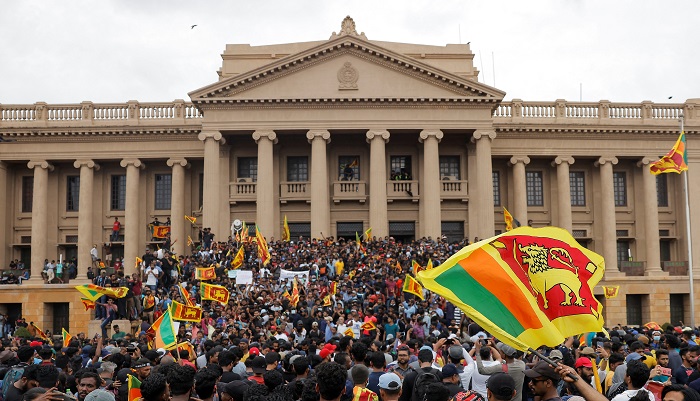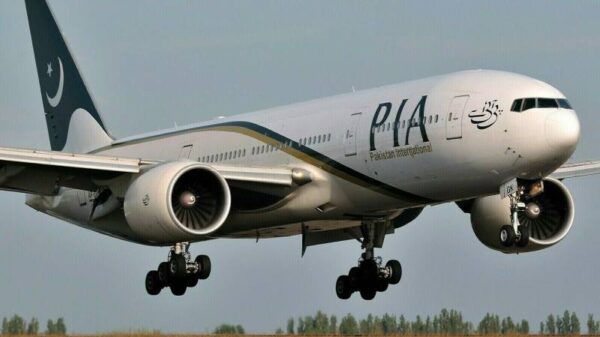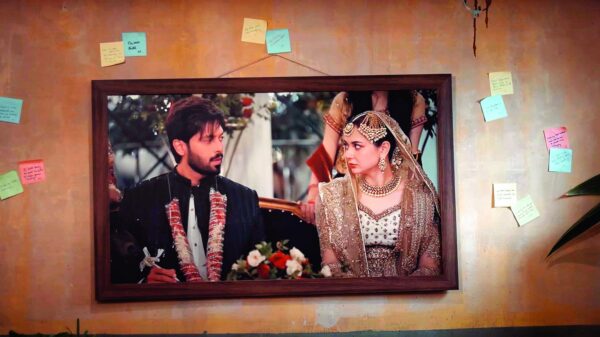Hours before his expected resignation amid huge demonstrations over his mishandling of the economic since independence in 1948, President Gotabaya Rajapaksa has departed the country.
The Sri Lankan Air Force confirmed in a statement on Wednesday that President Rajapaksa, his wife, and two bodyguards had travelled to Male, the Maldives’ capital.
According to the statement, the Sri Lanka Air Force provided a jet early today to transport the president, his wife, and two security personnel to the Maldives “in accordance with the requirements of the Constitution and on a request by the government.”
The president reportedly left for Male early today, according to news reports that cited anonymous government and immigration authorities.
Thousands of protestors stormed his official house on Saturday, demanding he resignation, and the president indicated he will do so on Wednesday to pave room for a unity administration.
In 2019, Rajapaksa was elected president to Sri Lanka. However, as a result of tax cuts, the government’s budget was quickly drained, and the country soon found itself unable to import necessities like gasoline, food, and medication.
Public opinion shifted against President Rajapaksa and his family, the Rajapaksa, who had ruled Sri Lanka for over 20 years, and against his son, Gotabaya. After months of peaceful demonstrations ended in violence in March, Prime Minister Mahinda Rajapaksa resigned in May.
Gotabaya Rajapaksa, who has been accused of war crimes and other human rights violations, has not been seen in public since Friday but is immune from arrest due to his position as president.
His desire to leave the country before resigning was likely to avoid arrest. Gotabaya and five others, including his brother and former finance minister Basil, had a judicial lawsuit launched against them to prevent them from leaving the country on the grounds that they were corrupt. The case is scheduled to be heard on July 14.
Parliament in Sri Lanka has until July 20 to elect a new president, but on Tuesday, lawmakers were still at odds about who should lead the country and who should serve in the new administration.










